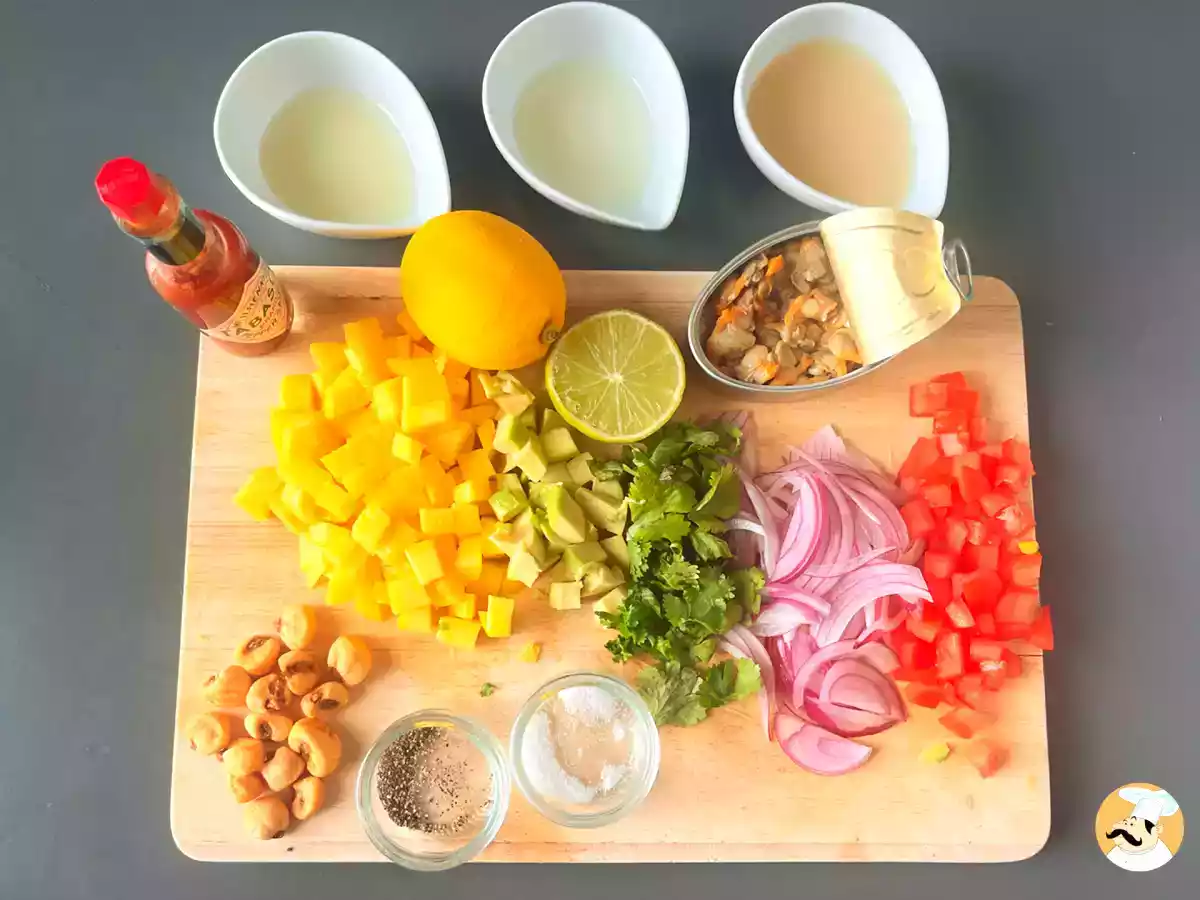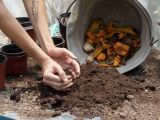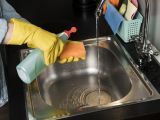Mise en place: The chefs' secret to efficient cooking at home.

If you've ever watched cooking shows like MasterChef or Top Chef, or had the opportunity to observe the work in a restaurant, chances are you've heard the phrase "mise en place". Mise en place is a French cooking technique that literally means "to put in place." This practice is a cornerstone in professional kitchens and is increasingly being adopted at home by those seeking greater efficiency and organization in cooking.
In this article, we will explain exactly what this technique consists of, what are the advantages of integrating it into our culinary routine and how to perform a mise en place correctly to become a better cook in our own home.
What is mise en place?
Mise en place is a technique that consists of organizing and preparing everything you need before you start cooking a recipe. In simple terms, it means having all the ingredients, utensils and tools ready and at hand so that, once you start cooking, you have everything under control.
Although it may seem like a technique reserved for chefs and restaurants, as we will see below, it is a practice that can offer you great benefits in your home kitchen.
How to make the mise en place at home
These are the essential steps to perform a mise en place correctly:
- Read the entire recipe: Before you start cooking, read the recipe from start to finish. Make sure you understand each step and identify the ingredients, cooking and cooking times that will be necessary.
- Organize the workspace: Once you have a clear vision of the preparation, make sure your work surface is clean and clear. Place all the utensils you are going to use: knives, graters, spatulas, etc. Also prepare containers, plates or bowls to organize the ingredients.
- Prepare the ingredients: Wash, peel and chop the vegetables as indicated in the recipe. Measure dry and liquid ingredients accurately. It is best to use different bowls to separate them and keep them well organized.
- Keep the work space clean: As you progress in the mise en place, throw away what is not useful (wrappers, peels) and clear the utensils that you will no longer need. Clean what you don't use and put away leftover ingredients.
- Check before starting to cook: Verify that you have everything you need and that everything is organized and within reach before lighting the fire.
Advantages of mise en place in the home kitchen
Mise en place offers multiple benefits for anyone cooking at home, from beginners to more experienced cooks. Let's take a look at some of the main advantages:
- Time savings and efficiency: Although a good mise en place requires a little more time at the beginning, this effort will pay off during the process. Having everything prepared and organized will allow you to optimize your time while cooking.
- Stress reduction: By eliminating unforeseen events, the mise en place allows you to relax and enjoy the cooking process. In addition, it avoids mistakes due to lack of preparation, such as burning an ingredient while looking for another one or realizing halfway through the preparation that something is missing.
- Reduced waste: By measuring and preparing ahead of time, you ensure you use only what you need, avoiding food waste and improvisation.
- Accident prevention: Having everything organized and under control reduces the risk of accidents. It avoids, for example, having to look for the lid of a pan in a hurry in the middle of a delicate process (imagine if you are flambéing) or running from one side to the other looking for utensils.
- Makes cleanup easier: By having everything ready, you can clean up as you cook, since you won't be searching for ingredients or utensils at the last minute. This will allow you to keep the work area tidy and make the final cleanup much easier.
- Encourages creativity: With everything ready and organized, the cook can fully focus on cooking techniques, flavor combinations or the final plating, allowing for greater precision and creativity in the dishes.
How about you?
Do you know this technique, do you practice mise en place when preparing your recipes, did you find this content useful, and let us know in the comments! We love to read about your experiences.



Comments